Oil and water: a classic combination that spells trouble for many industries if not managed properly. The need to separate oil from water in manufacturing processes is not just a matter of regulatory compliance; it's a crucial step in preserving the environment and reducing operational costs. Abanaki oil skimming technologies have emerged as a game-changer in this regard, offering a cost-effective solution to tackle oily wastewater. Here are six compelling reasons why manufacturers need to prioritize the removal of oil from water and how oil skimmers provide an effective remedy:
1. Environmental Protection:
The consequences of oil contamination in water bodies can be devastating. Just one gallon of used motor oil has the potential to contaminate up to a million gallons of fresh water. This staggering statistic underscores the urgent need for effective oil removal techniques to safeguard precious water resources and protect ecosystems.
2. Waste Management Challenges:
The United States alone generates billions of gallons of waste oil annually, with millions of gallons improperly disposed of. Without proper management, this waste poses significant environmental risks and legal liabilities. Oil skimming technologies offer a proactive approach to managing oily wastewater, mitigating the threat of pollution and regulatory non-compliance.
3. Diverse Sources of Contamination:
Oily wastewater can originate from various industrial processes, including machine tool operations, coolant usage, parts washing, and food processing. The diverse sources of contamination underscore the widespread relevance of oil skimming technologies across different sectors, providing a versatile solution to a common problem.
4. Legal Ramifications:
Dumping oily wastewater into storm sewers or natural water bodies is not just environmentally irresponsible; it can also lead to severe legal consequences. Violators may face hefty fines and even imprisonment, highlighting the importance of adopting responsible waste management practices, such as oil skimming, to ensure compliance with regulations.
5. Cost Considerations:
For larger manufacturers, outsourcing the disposal and treatment of oily wastewater to licensed firms can incur substantial monthly expenses running into thousands of dollars. By implementing oil skimmer technology, companies can significantly reduce the volume of waste oil requiring disposal or recycling, thereby trimming down operational costs and enhancing financial sustainability.
6. Efficiency and Resource Optimization:
Oil skimmers excel in efficiently removing oil from water, thereby reducing the water content of waste oil. This not only facilitates easier disposal or recycling but also maximizes the recovery of valuable resources. By optimizing resource utilization and minimizing waste, oil skimming technologies contribute to a more sustainable and efficient manufacturing process.
In summary, the imperative to remove oil from water extends far beyond regulatory compliance—it's about safeguarding the environment, mitigating legal risks, and optimizing operational efficiency. Abanaki oil skimming technologies offer a practical and cost-effective solution to address these challenges, empowering industries to uphold environmental stewardship while enhancing their bottom line.
To learn more about oil skimmers, please contact our experts at 440-543-7400 or visit our website: www.abanaki.com
You are just one step away from downloading Abanaki's most detailed resource on our oil skimming equipment. Simply click at the button to get your ultimate guide now.




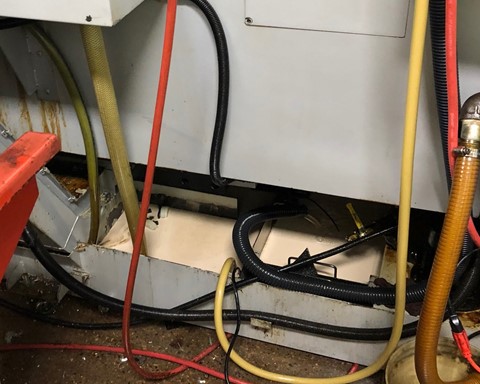

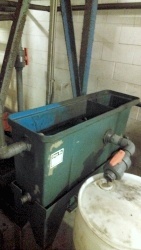

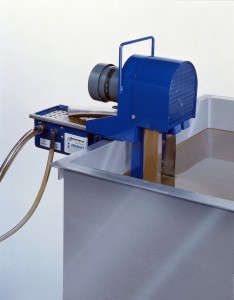


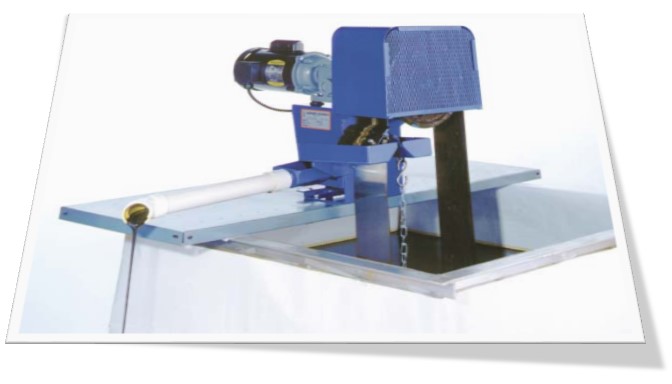

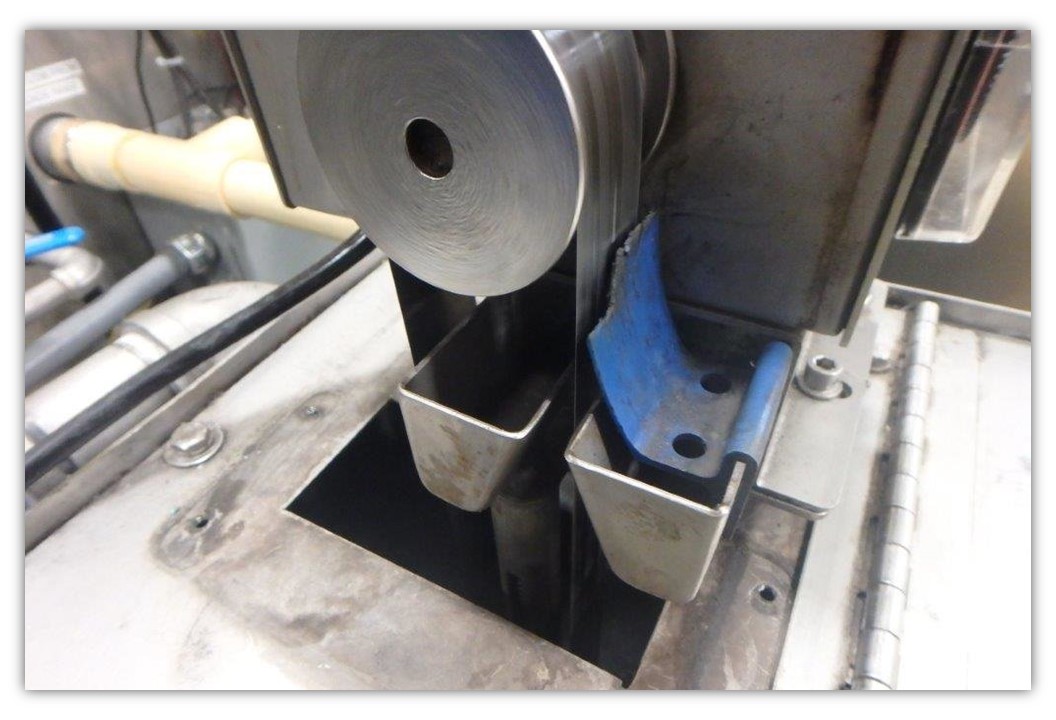

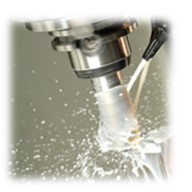 When
When 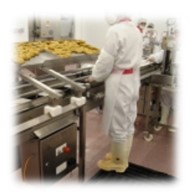
 Where floating oils are present, oil skimmers provide inexpensive and effective removal, solving a serious
Where floating oils are present, oil skimmers provide inexpensive and effective removal, solving a serious 
